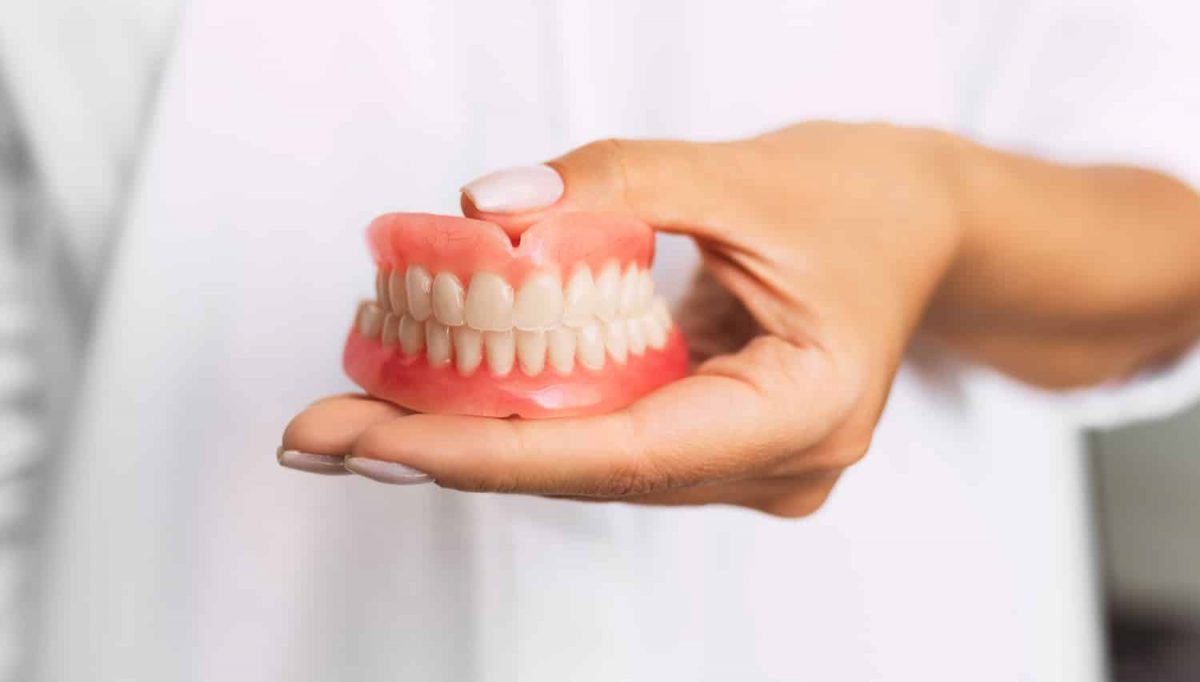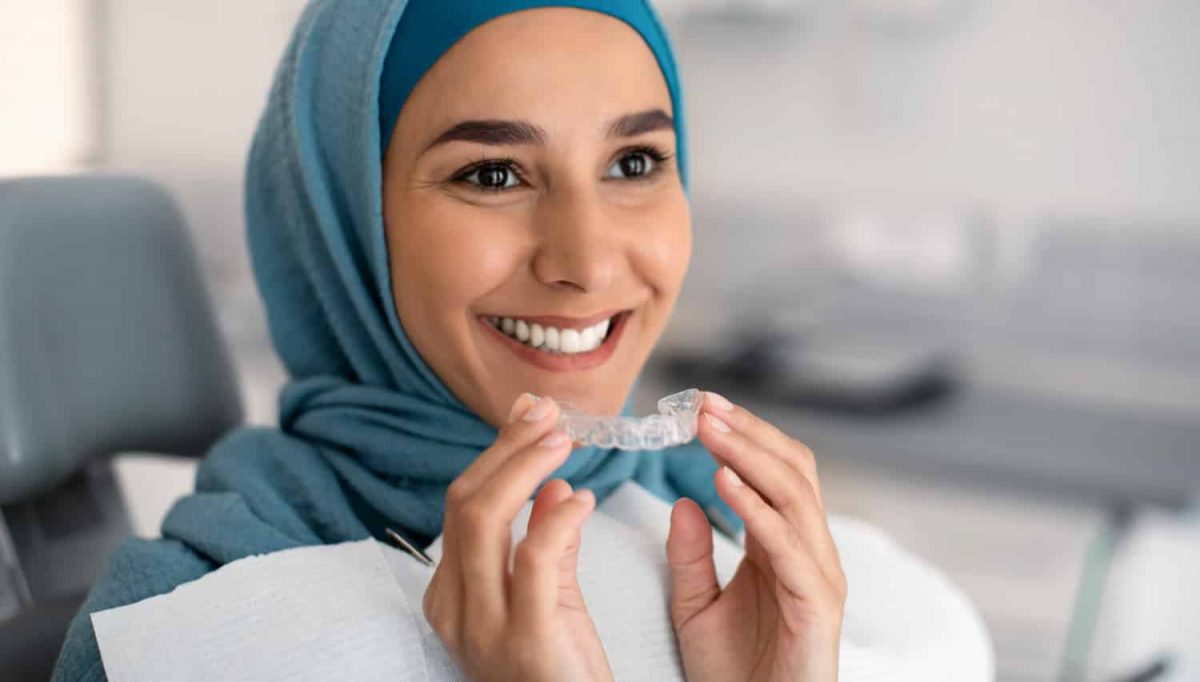Sleep apnea is one of the most common sleep disorders, causing you to stop breathing for short intervals while you sleep. If left untreated, this disorder can lead to significant health effects including heart disease, diabetes, and other long-term risks. So, how is sleep apnea diagnosed? Let’s dive into the two most common methods: in-lab and at-home sleep studies.
Diagnosis
To diagnose sleep apnea, you must first consult with your doctor about your symptoms. Common symptoms include loud snoring, daytime fatigue, and mood disturbances. From there, you will likely be referred to a sleep specialist, who will determine if you need further evaluation. An evaluation typically involves monitoring your breathing and other body functions while you sleep, either in a lab or at home.
In-Lab Sleep Study
A nocturnal polysomnogram (PSG) is a test performed at a sleep center under the supervision of a trained specialist. During the test, you will be hooked up to equipment that monitors the activity of your heart, lungs, and brain, breathing patterns, arm and leg movement, and blood oxygen levels while you sleep. Once the PSG is complete, your specialist will tally the number of times you stopped breathing during sleep and grade the severity of your sleep apnea.
At-Home Sleep Test
Another way to detect sleep apnea is through a home sleep test (HST). This is a modified version of nocturnal polysomnography that is done in the comfort of your own home. It records fewer bodily functions than an in-lab test, but can still be used to confirm a diagnosis.
An HST has more limitations than a PSG. It is not used for patients without symptoms or who have significant medical problems like heart failure or neuromuscular disease. It is also not appropriate for those who have other sleep disorders in addition to the suspected sleep apnea.
Additional Evaluation
While both methods of sleep study help diagnose sleep apnea, they do not provide the location of the obstruction, so additional evaluation of the upper airway is necessary. One way to find the obstruction is through a nasopharyngoscopy, a procedure that introduces a flexible endoscope through the nose and throat to observe the structures that compromise the airflow. An alternative method is a sleep endoscopy, which is similar to a nasopharyngoscopy but is performed under mild sedation.
Treatment Options
Sometimes, lifestyle changes like losing weight, using a special sleep apnea pillow, or changing your sleeping position are all that are required to treat sleep apnea. In more severe cases, however, patients may require medical treatments. The most common device used for treatment is continuous positive airway pressure (CPAP). This device uses a small mask to increase pressure in your airway while you sleep.
At Smith Dentalworks, we use the Vivos System as an alternative to CPAP. This system involves a collaboration between our dental office and a physician to create a custom oral appliance for you. Unlike other sleep apnea treatments, the Vivos System corrects the deficiencies that lead to obstructive sleep apnea and only requires a treatment period of 12 to 24 months.
Obstructive Sleep Apnea Treatment in Oro Valley
The first step in treating sleep apnea is reaching a diagnosis. At Smith Dentalworks, we partner with Vivos-approved specialists to complete a sleep wellness assessment. Then, our team will work with your doctor to execute your personalized treatment plan. We are dedicated to improving your quality of sleep and overall well-being.











